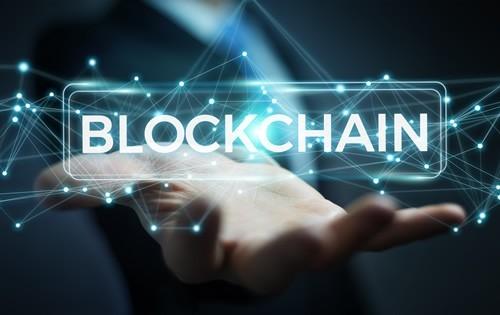Finance Globe
What is BlockChain?
Last month, I wrote an article on what Cryptocurrency is. Given the increased demand around Cryptocurrency, I wanted to write a brief overview of the technology behind Cryptocurrency, which is blockchain. Below is a high-level summary of what Blockchain is. Please feel free to post any follow up questions in the comment section below.
As previously discussed in the Cryptocurrency article, in the language of cryptocurrency, a block is a record of new transactions (that could mean the location of cryptocurrency, or medical data, or even voting records). Once each block is completed it’s added to the chain, creating a chain of blocks called a blockchain.
The new transaction always is encrypted to be private and secure. To process the transaction and add it to the blockchain, processing the transaction means solving complicated math problems that become more difficult over time as the blockchain grows. People/individuals/businesses who solve these complex math problems or equations are rewarded with cryptocurrency in a process called mining.
Each block has a private key (unique code) to its address or location on the blockchain. With this private key, you can withdraw the block on the blockchain. Also there is a public key which lets other people send the block to other accounts. Given this set up, information on the blockchain is publicly available. It is decentralized, and it does not rely on a single computer or server to function. Therefore all transactions are visible to everyone, which create a public ledger.
This public ledger eliminates the middle man and creates a peer-to-peer network. Blockchain databases can be managed autonomously to exchange information between parties. There's no need for an administrator. In effect, the blockchain users are the administrator.
Many people see blockchain as an alternative to traditional banks. Some people argue there will be no need for a bank or other banking institution to verify the transfer of money as you can use blockchain, which eliminates the middle main. A simple example would be real estate transaction that require sign offs between the buyers, sellers, and their financial institutions. Using blockchain would eliminate the need to get sign offs from the financial institutions.
Where Blockchain makes sense?
Since the technology is so new, there are not a ton of industries that are using blockchain on a daily basis. However there are a lot of unique opportunities and there are several use cases for blockchain.
Land title is a great example. It could be quite useful for everyone to have access to a decentralized source of record saying who owns a given parcel of land. Once a land plot is agreed upon, it can be recorded in a ledger and no longer be subject to ongoing debate. In the same vein, a blockchain could be used to establish ownership over any number of physical assets – cars, art, musical instruments, and so on. A paper record of title is prone to forgery or getting lost. Centralized databases are prone to hacking and human error. A blockchain means there is no single entity controlling the ledger. Therefore, recording physical assets on a blockchain is a prime example of where the technology might come in handy to track ownership.
Blockchain technology could also be very applicable to virtual reality, if that ends up taking off. If a virtual world is created, such as gaming, blockchain technology could allow users to purchase and own pieces of that virtual world, just like they would in the real world.
Comments
By accepting you will be accessing a service provided by a third-party external to https://www.financeglobe.com/



